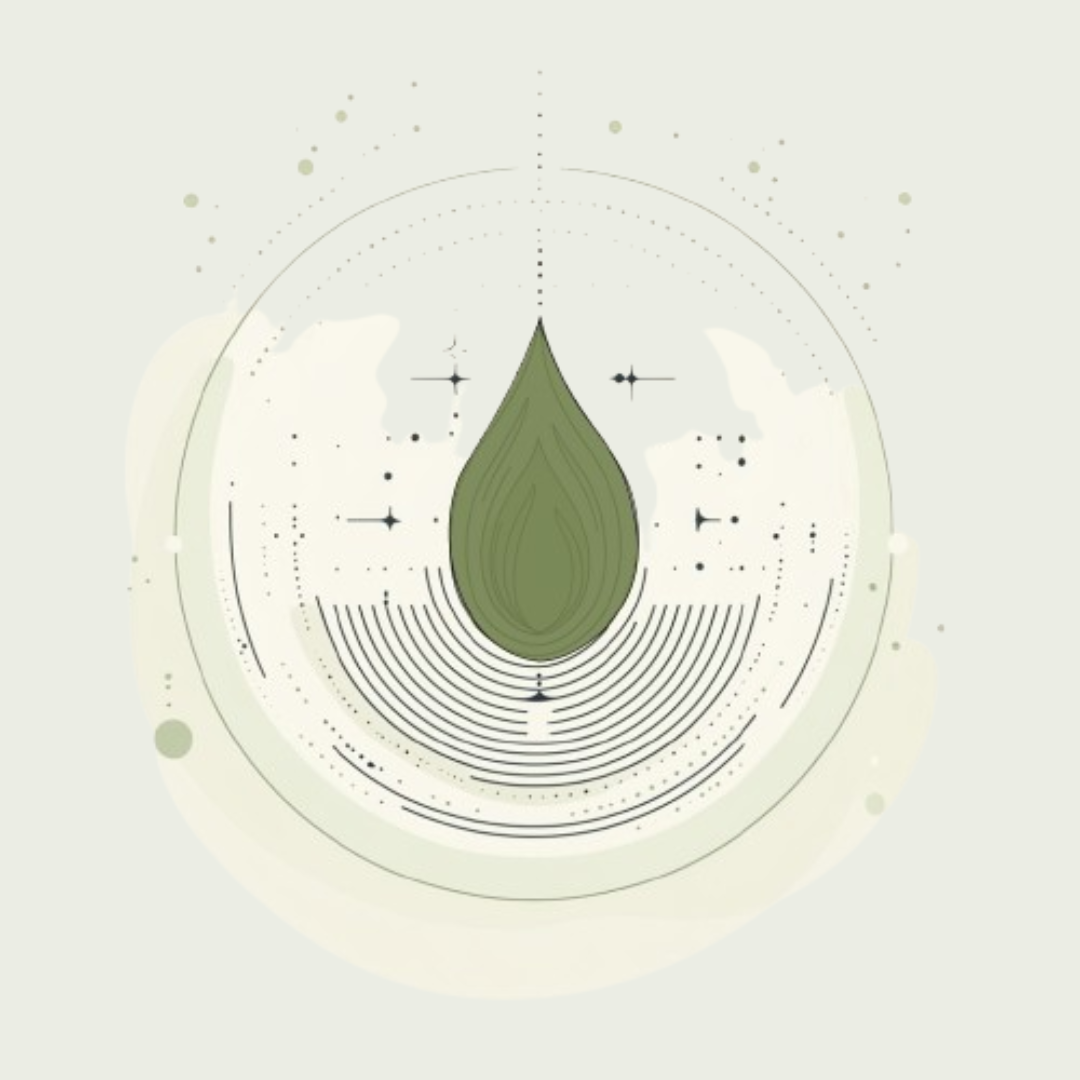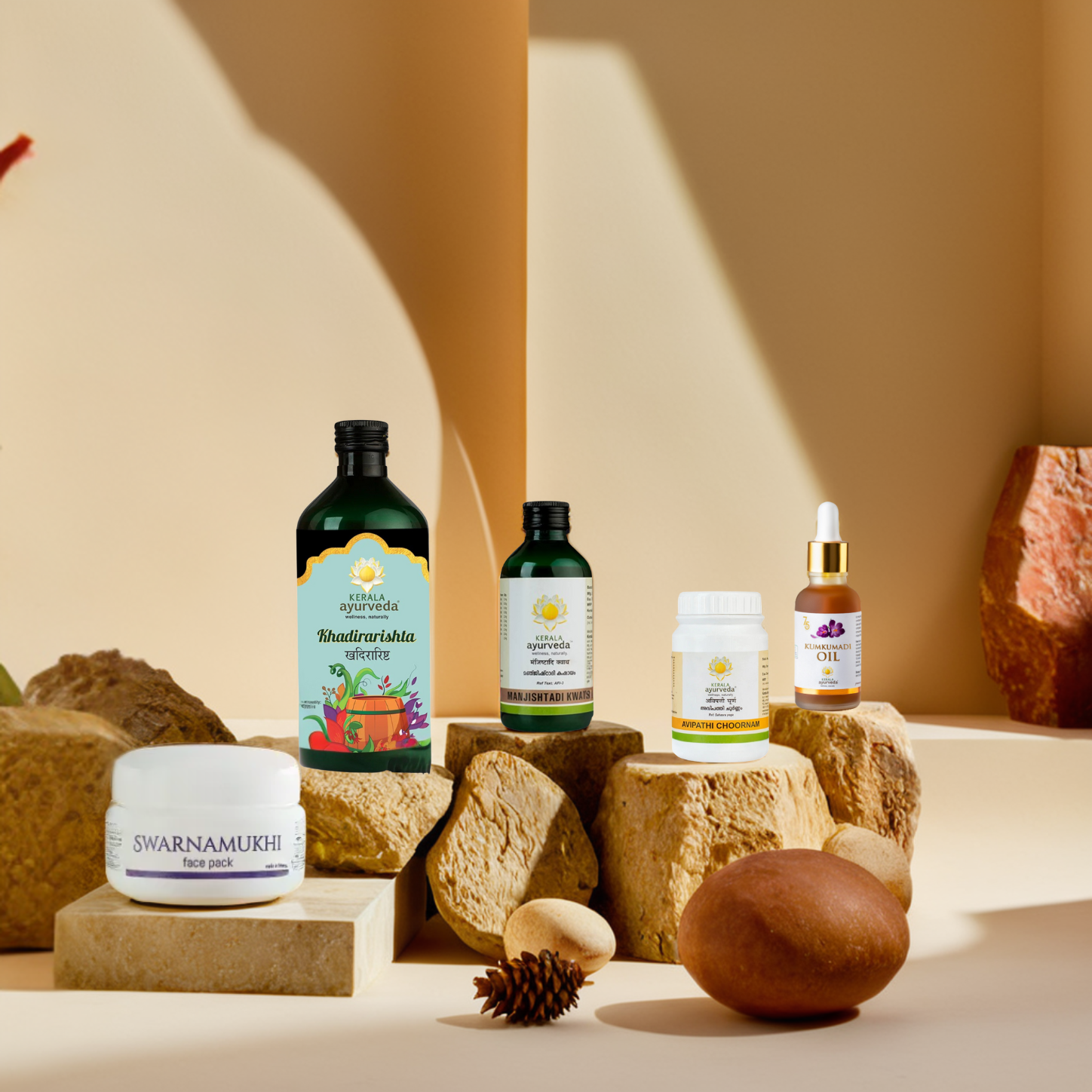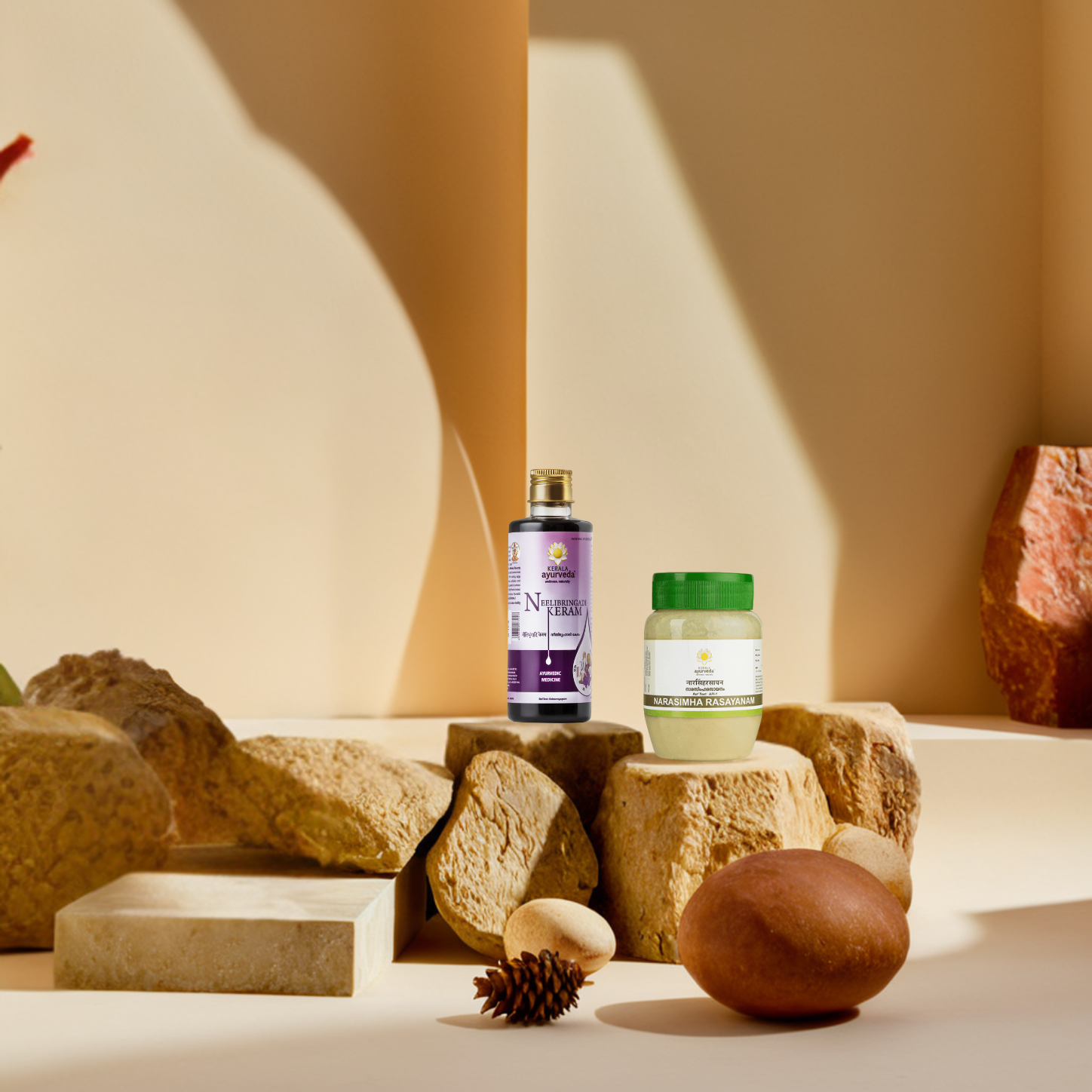Highlights
अन्नं ब्रम्हेति व्यजानात् ।
-Taittiriya Upanishad
Food is supreme or Bramha.
A typical Indian thali is incomplete without a generous portion of daal or lentil curry. While each region has its favorites, like Masoor, Moong, Arhar, or Urad, lentils are a must-have in Indian kitchens. Recipes and tempering styles vary from state to state, but one thing's consistent: daal is comfort food that's also protein-rich. In fact, archaeological evidence shows that lentils have been a part of our diets since the Indus Valley civilization.
Here’s why the classic daal-chawal combo works so well- lentils are rich in lysine, an amino acid missing in rice, while rice has sulfur-based amino acids like cysteine and methionine, which lentils lack. Together, they create a complete protein profile.
Moong dal, believed to have originated in India, comes in different shades like olive, green, yellow, brown, and black. They’re often grown in rotation with cereals, and have been cultivated here for over 3,500 years. Their cultivation spread across Southeast Asia, from India. Let’s know more about moong dal in detail!
How is Moong Dal Cultivated?
Moong is a short-duration crop that matures in about 90–120 days. It grows best in loamy soil with good drainage. Farmers often grow Moong alongside cereals in crop rotations, a practice that sustains yield and helps maintain soil fertility.
Ayurvedic Perspective on Moong Dal
In Ayurveda, Moong is called Mudga and is grouped under Simbi Dhaanyas (pulses). Susruta refers to it as part of the Vaidala (dicot) group and considers it the best among all pulses. It slightly increases Vata dosha, as noted:
वरः अत्र मुद्गः अल्पचलः । (As.Hri. 6/17)
Ayurvedic texts describe Moong as light, cooling, and easy to digest. It’s astringent and sweet in taste, with a pungent post-digestive effect. It’s unctuous and pacifies both Pitta and Kapha doshas.
कषायमधुरो रुक्षः शीतः पाके कटुः लघुः ।
विशदः श्लेष्मपित्तघ्नो मुद्गः सुप्यः उत्तमो मतः ।।
(Ch. Su. 27/23)
Susruta Samhita even highlights that Moong enhances vision, especially the green variety:
नात्यर्थं वातलास्तेषु मुद्गा दृष्टिप्रसादनाः।
प्रधाना हरितास्तत्र वन्या मुद्गसमाः स्मृताः ।।
(Su. Su. 46/29)
Because of its sattvic nature, Moong nourishes the body tissues. Its fiber content, cooling effect, and astringent taste all support healthy digestion.
मौद्गस्तु पथ्यः संशुद्धव्रणकंठाक्षिरोगिणां I
(As. Hri. 6/31)
Moong soup is especially beneficial for people recovering from Panchakarma (cleansing therapies) and those with ulcers, throat infections, or eye disorders.
Top Benefits of Moong Dal
Moong dal packs a serious nutritional punch. Around 20–25% of their dry weight is protein, and they're loaded with essential amino acids like leucine, isoleucine, valine, and lysine. Plus, they contain powerful antioxidants such as phenolic acids, flavonoids, and caffeic acid.
Here are more reasons to love Moong dal:
- Diabetes-friendly: High fiber and low glycemic index make them ideal for managing Type 2 diabetes.
- Iron-rich: A great dietary boost for infants, kids, and anyone needing more iron.
- Folate powerhouse: One cooked cup provides 80% of your daily folate needs, which are essential for fetal development. Thus, it is perfect for pregnant women.
- Gentle on digestion: Moong's carbohydrates are easily digestible and less likely to cause gas compared to other legumes.
- Natural detoxifier: Moong’s bioactive compounds support detox and immunity.
- Heart & liver health: Germinated Moong can help lower cholesterol and support liver function.
- Cooling effects: Moong soup can soothe heat-related issues.
- Fights allergies: Especially when consumed in sprouted form.
- Skin care: Moong powder can be used as a natural face pack to brighten skin, treat acne, and ease itchiness. It's also a gentle alternative to soaps for sensitive skin.
- Sprouting boosts benefits: When sprouted beans, their antioxidant levels multiply up to six times more than those of unsprouted beans. Plus, mineral content (like sodium, potassium, and calcium) increases, too.
With its perfect combo of low carbs, high protein, essential minerals like magnesium, iron, copper, folates, fiber, and B-complex vitamins, Moong dal is truly a superfood. Including them in your daily meals is a smart (and delicious) choice.
Easy Recipe Using Green Gram
Here's a cozy, home-style recipe using green gram. Cherupayar Thoran is a South Indian stir-fry with green gram, coconut, and spices. It's super tasty, wholesome, and easy to whip up!
Cherupayar (Green Gram) Thoran
Ingredients:
- Green gram– ½ cup
- Grated coconut – ¼ cup
- Cumin seeds – ½ tsp
- Garlic – 2 pods
- Dried red chilies – 2
- Turmeric powder – ¼ tsp
- Curry leaves – a sprig
- Coconut oil – 1 tsp
- Mustard seeds – ¼ tsp
- Shallots – 2–3, finely chopped
- Salt – to taste
Procedure:
- Wash green grams 3–4 times and soak them overnight (around 8 hours).
- Pressure cook the soaked Moong with a little water to about 3 whistles. It should be soft, not mushy.
- Grind grated coconut, cumin, garlic, dried red chilies, and turmeric into a coarse mix.
- Heat a pan and mix the cooked Moong with this coconut blend. Sauté for a few minutes and turn off the heat.
- In another pan, heat the coconut oil. Add mustard seeds and let them splutter. Then, add chopped shallots and fry till golden.
- Pour this tempering over the Moong mixture, garnish with curry leaves and serve hot with Njavara Paal Kanji.
Conclusion
Green gram isn't just a kitchen staple; it's nourishment packed with ancient wisdom and modern nutrition. Whether you're sipping it as a soothing soup or tossing it into a stir-fry, Moong dal makes everyday meals wholesome, light, and healing. Simple, versatile, and rooted in tradition, it's the kind of superfood you'll feel good eating every single day.
FAQs
1. Is Moong dal good for weight loss and digestion?
Yes, Moong dal is light and easy to digest. Sprouted Moong steamed with sesame oil strengthens digestion and supports weight loss by keeping you full without heaviness.
2. Are green grams suitable for diabetics?
Yes! Green grams are easy to include in your diet and make a healthy, tasty addition to meals for everyone, including people with diabetes.
3. Can I consume Moong dal daily?
According to Ayurveda, Moong dal shouldn't be eaten every day. It’s best to have them cooked and enjoy them a few times a week for good digestion.





